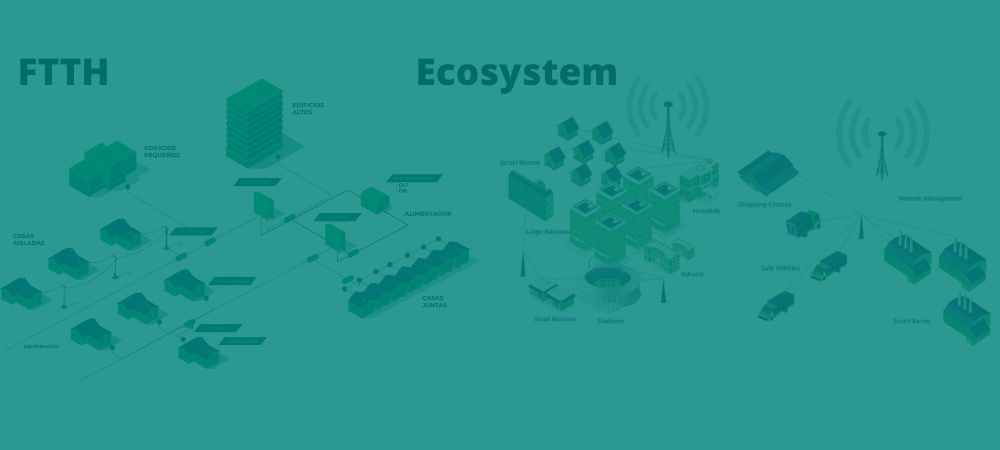In the past, choosing the best computer technology used to be an exercise in frustrating negotiations: would you rather have better battery life or lower cost, a large screen or more portability? Today, choosing between a laptop and a desktop is no longer about settling for less, but about maximizing your options: with continuous improvements in technology, and more choices than ever, you can choose the ideal computer that suits your individual needs.
Laptop versus desktop: The basic (but no longer definitive) divide
In 2008, sales of laptops surpassed those of desktops for the first time, and portable devices have become even more established as their power has increased and their prices have fallen. Desktop computers have by no means disappeared. Like everything else in computing, the right choice depends on how you will use the device. The general division between the two classes of computers is as follows:
- Laptops are adapting to the mobile world. You can disconnect them from an external power supply, and take them with you. They usually take up less space and do not require you to buy a separate monitor.
- Desktop equipment also has many positive points. Desktop computers typically offer more power and expandability at a lower cost. They are also easier to upgrade, repair and customize, which is why they tend to remain the preferred choice of serious gaming users. They also tend to come with better speakers, more peripheral options and larger keyboards.
That said, there are no longer any univocal rules. Some new mini desktop computers are as small and unobtrusive as laptops. And, today, laptops can offer the same level of power and performance as almost any desktop.
All-in-one: turning the PC on its head
The capabilities of today’s desktop computers have evolved considerably. The clearest example of this can be seen with the all-in-one computer (AIO), which turns the idea of the PC on its head, literally. An all-in-one device blurs the lines between desktops and laptops with a large touchscreen and built-in battery, so you can easily prop it up, lay it down or unplug it and move it to any other room in the house. These computers can even be mounted on the wall to create, stream and share HD content, play online games with the family or listen to music.
All-in-one computers may cost more than a traditional desktop, and may be more difficult to upgrade, but they offer a stylish, space-saving alternative to traditional home computers.
“What you’re really investing in is a design that you like [con los equipos portátiles]. That can include weight, thickness and screen size, but also encompasses keyboard design, touch mouse size, thickness of the frame around the screen, metal versus plastic, or even the color or pattern behind the lid.”
Dan Ackerman, Section Editor, CNET
2-in-1: maximum versatility
The flexibility of modern computers is demonstrated by 2-in-1 devices, portable computers that can go from a traditional encapsulated mode, to a tablet model and other positions, such as standing upright on a lectern. 2-in-1 devices come with screens that can be completely disassembled or flexible screens that can be folded back 360 degrees. Screens that can be folded back are intended for people who primarily want a laptop experience, while detachable units are better suited for people who mostly want to use a 2-in-1 device as a tablet.
Whether you want to use your computer to watch movies, study, run your small business or perform any other task, there is an ideal option to suit your needs. Consider how you will use the computer and what you need in terms of portability, performance, flexibility, monitor size and price, and then go shopping!




